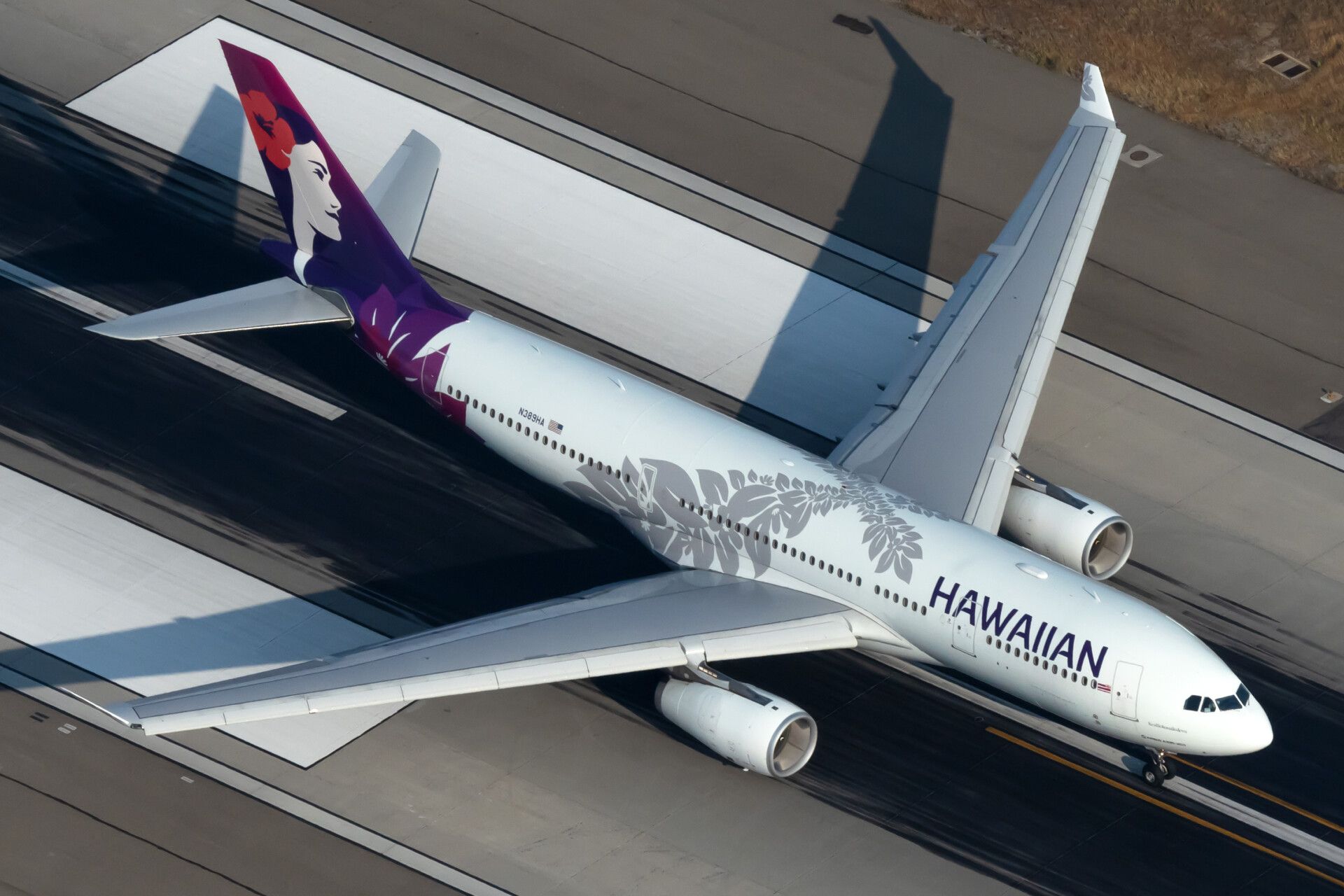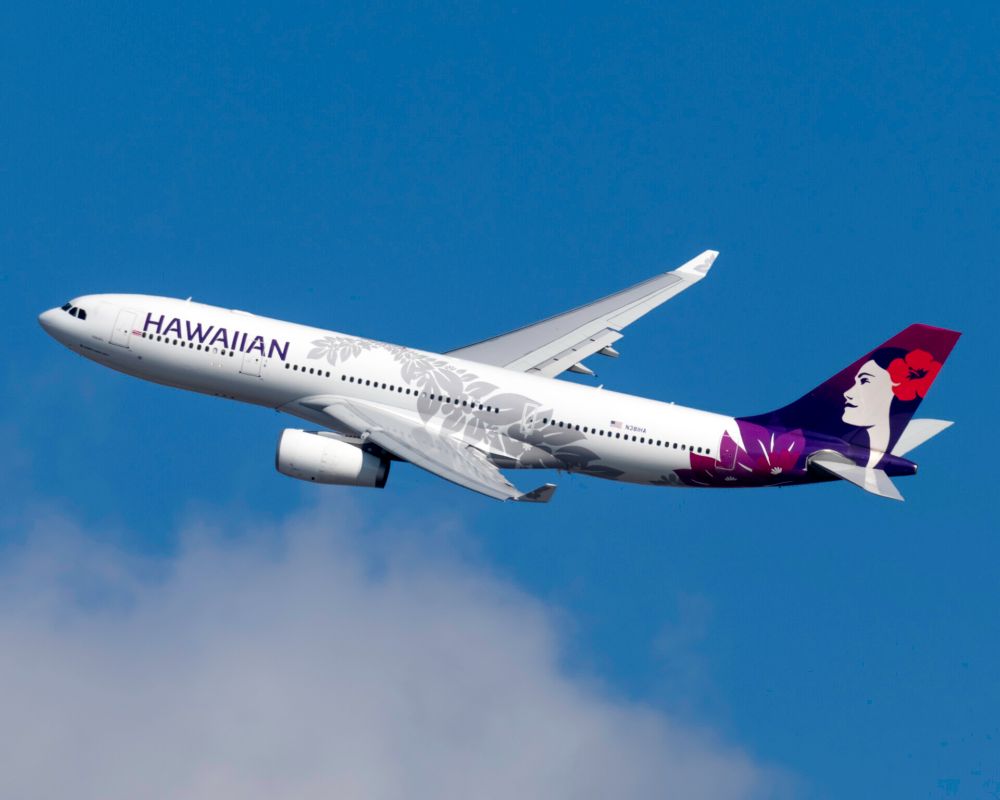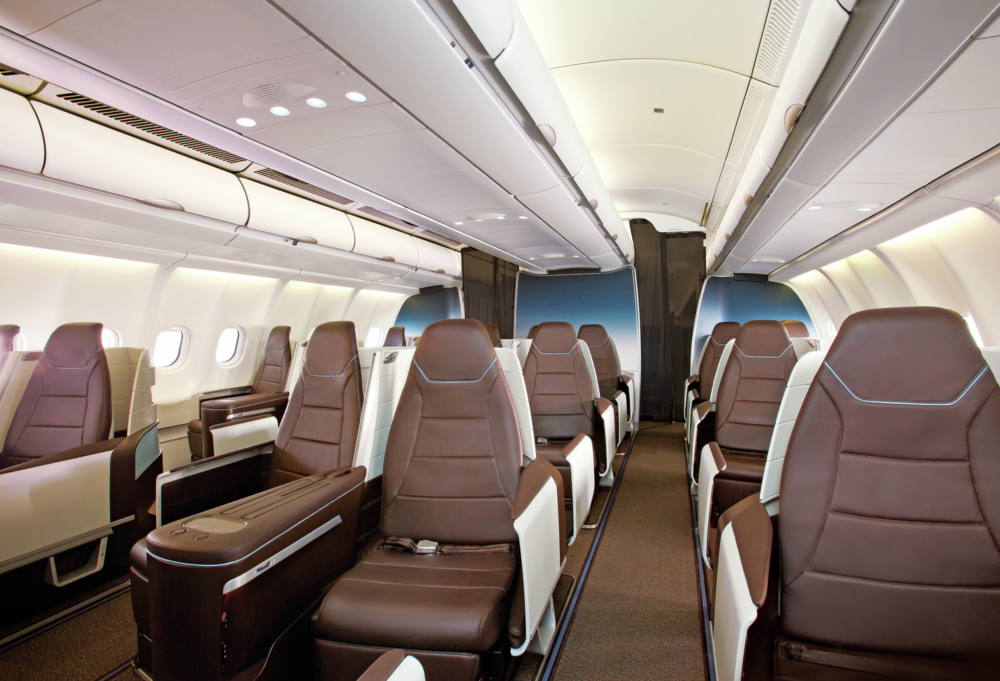Hawaiian Airlines placed a bet on its premium leisure orientation coming out of the crisis. As low-cost expansion started to reach the state Hawaiian calls home, the airline doubled down on its positioning and offerings, and so far, it has shown signs of paying off. Speaking at an investor update on Monday, Hawaiian's Senior Vice President of Revenue Management and Network Planning, Brent Overbeek, discussed the airline's recovery and the data around the revenue premium it can generate.
Hawaiian Airlines sees signs of success
Hawaiian Airlines was in a rough spot for much of 2020. As the world shut down, Hawaii took some strict measures, including requiring lengthy quarantines and shutting down all but the essential travel. For months, Hawaiian operated a skeleton schedule that focused on the big markets that Hawaiian needed to serve to continue providing value for its customers but was far from profitable as its planes flew with minuscule loads. However, it was not long before Hawaiian began to outline its premium leisure orientation coming out of the crisis.
However, Hawaii reopened in late 2020, and Hawaiian Airlines started to come back strong. It brought back its network with relative speed and announced new market additions designed to bolster its position coming out of the crisis. The airline's revenue premium started coming back on track, and the airline focused on the most recently available data from the second quarter of 2021.
Mr. Overbeek broke down the airline's revenue premium success. He stated that Hawaiian earned a revenue premium in all but one of its markets compared to competitors and had a double-digit premium in over 80% of its markets. The airline was quite strong in the West Coast, in particular. Looking more long-term, in ten of the last 14 quarters, the airline earned a revenue premium over its competitors. He summed up the performance with the following statement:
"This demonstrates the strength of our North American network, our focus on the Hawaii traveler, and our optimally configured aircraft to win over the long term."
Stay informed: Sign up for our daily and weekly aviation news digests.
Inter-island travel also performed well
Hawaiian also saw strong results in its inter-island markets. The airline expects to fly 80-85% of its 2019 levels of capacity, measured in available seat miles, in 2022. It has also made some changes to the way it operates its flights in these markets. Mr. Overbeek described what the airline has done in these markets:
"This past summer, we elected to overnight a portion of our 717 aircraft in each of our Neighbor Island cities, thus reducing some of our lower load factor position flying we were doing in the fringes of the day."
Hawaiian has room to increase capacity if the demand environment warrants. In the inter-island market, Hawaiian faces competition from Southwest Airlines, but Hawaiian has held its own. One of the ways that Hawaiian has been able to remain strong in this market given how its schedule is tailored toward offering the greatest amount of flexibility for flights in this market.
What this means for Hawaiian
Hawaiian Airlines is in a very interesting market. While Hawaii is primarily a leisure-oriented gateway, the element of premium leisure demand to Hawaii is far higher than a place like Cancun. Hawaiian offers two different premium products. The first is a more traditional long-haul business class product on its Airbus A330-200s. These are lie-flat seats designed to work well for couples or families traveling together. The other is an extra-legroom economy product.
Hawaiian plans on offering a new, improved business class product on its upcoming Boeing 787 aircraft. Given the delivery delays of that aircraft, it is unclear when Hawaiian will be able to start offering those cabins in service, but so far, it has provided the underlying financial case to maintain its positioning. In the coming years, this should help Hawaiian blunt against the impact of the expansion of low-cost carrier growth, especially as major US airlines start to pull some of their premium planes out of Hawaii and into international long-haul markets.



